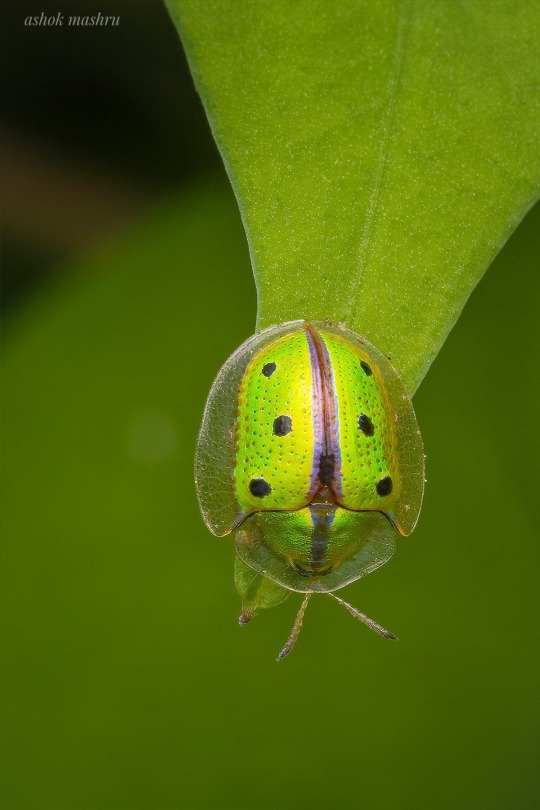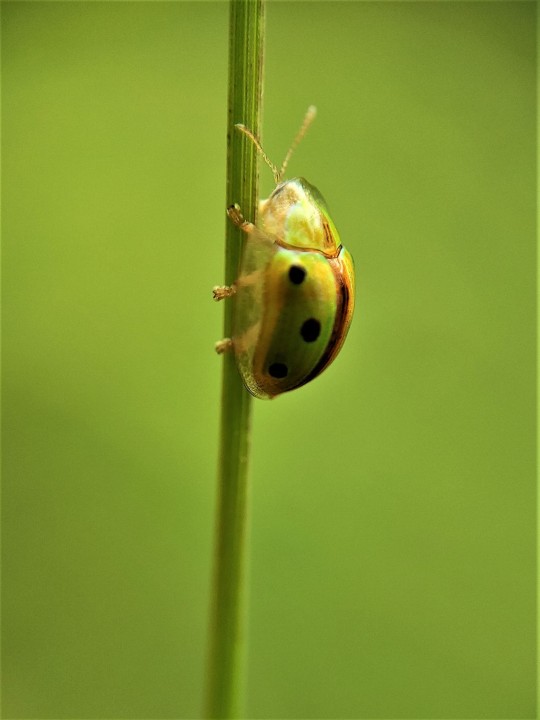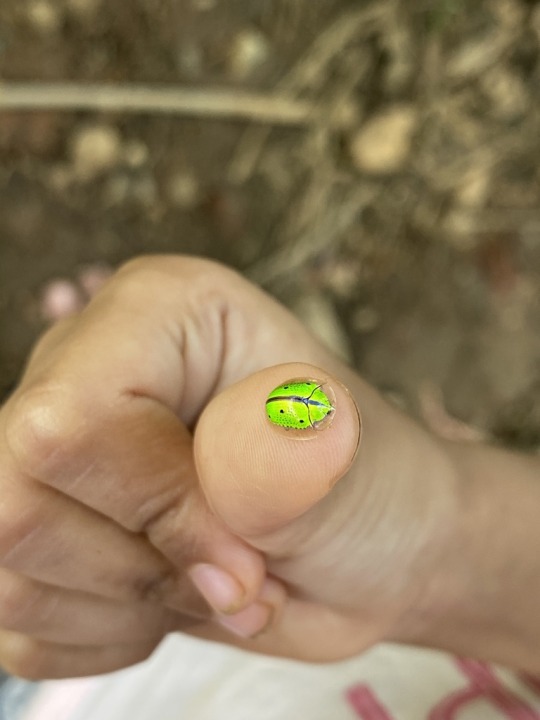#indian animals
Explore tagged Tumblr posts
Text

look at this fella,.,,
#panthera tigris tigris#tigers#tiger#sillyposting#silly tiger#big cats#felidae#panthera#animals#silly#cute animals#cute#nature#meow#rawr#nature photos#appreciate nature#planet earth#earth#wildlife#asian animals#indian animals#cats#kitty#kitty cat#cats of tumblr#kitties
676 notes
·
View notes
Text

The Indian purple frog (Nasikabatrachus sahyadrensis), also known as the purple frog or the pig nose frog, is an endangered frog endemic to the Western Ghats of India.
Formally recognized in 2003, their only known relatives are the Seychelles Island Frogs.
Each specimen is around 1–3 in./6-9cm from snout to rear; males being a third of the size of the females. While its flattened body shape and squat limbs look unusual, it helps the frog stick to rocks and hold on through the strong currents of its native streams and rivers; the wedge-like head assists in burrowing.
Unlike most subterranean frogs, the Indian purple frog spends nearly all its time underground, which includes feeding. Their main food source is termites.
They only emerge during two weeks of monsoon season for breeding. Males emerge and call on the banks— the sound reminiscent of a chicken clucking. Males mount the females, who carry them to the rocky crevices where they lay their eggs. Over 3000 eggs are laid at the same time, and the tadpoles grow over 100 days.
Their main threats are the pet trade, consumption by locals (as they are believed to help with numerous lung ailments), and habitat loss.
#frogs#frog#biology#herpetology#zoology#Indian purple frog#Indian animals#wildlife#sciblr#bioblr#herpetofauna#amphibians#amphibia#frogblr
8 notes
·
View notes
Text
Lol !!! Everyone would like a cleaning monkey like that
2 notes
·
View notes
Video
youtube
WHITE TIGER VS BENGAL TIGER
#youtube#Big Cats#Felines#Tiger#White Tiger#Bengal Tiger#Mammal#Carnivore#Animal#wild animal#jungle#Whiter Tiger is colour variant#Mysore Zoo#Nature#Endangered Animals#Asian Animals#Indian Animals
4 notes
·
View notes
Text
https://ktla.com/news/california/goats-unleashed-by-san-manuel-tribe-as-part-of-fire-prevention-strategy/?fbclid=PAZXh0bgNhZW0CMTEAAaaJJAE-Kl55wk4vm1cYc0zjGRUEv8w6ps0HX0z-rxwwa7YXnTDCsgIU2vs_aem_0djT-2NoD-E87Ic6UeeqGw

Firefighting goats have been deployed by the San Manuel Band of Mission Indians to protect tribal land and neighboring property from potentially devastating brush fires.
The goats are unleashed by the San Manuel Fire Department to eat up dry brush and grass that would normally be ideal fuel for fires — a recent fire was actually partially stopped once it reached an area cleared by the caprine crew earlier this year.
The herd, officials said, is about 400-strong and is made up of generations of goat families.
On Tuesday, the goats were treated to a feast of fruit before being sent on their brush-eating mission.


The goats will spend the next several months trimming and thinning out vegetation on the San Manuel Band of Mission Indians Reservation and nearby properties in San Bernardino.
Tribal officials said the brush that covers the hillsides in and around San Manuel property is thriving and diverse, boosted by the recent history-making rainy season. The plant life is an ideal food source because goats prefer food that’s at their eye level.
The Tribe has used goats as a natural, environmentally friendly fire preventative tool since 2019; the plants get trimmed in a sustainable fashion, which allows them to survive and recover naturally overtime unlike most chemical sprays.
Tribal officials called the practice an extension of the Tribe’s “culture of lands stewardship.”
“Caring for the land is a sacred duty of the Tribe,” said Lynn Valbuena, chairwoman of the San Manuel Band of Mission Indians. “Stewardship is a responsibility given to our people by the Creator. No matter who owns the land.”
San Bernardino County residents shouldn’t be surprised to see the goats in the mountains fulfilling this divine task from now through the end of fire season.
#good news#environmentalism#goats#california#science#environment#nature#animals#indigenous stewardship#land stewardship#usa#sustainability#wildfire prevention#San Manuel Band of Mission Indians#san manuel band#firefighting#articles#news
4K notes
·
View notes
Photo










Indian sun spider (aka camel spider aka wind scorpion), Rhagodima nigrocincta, Solifugae
Despite the many common names, these arachnids are neither true spiders or scorpions, but rather belong to their own order, Solifugae, aka the solifuges.
Photographed in India by harshithjv
#animals#curators on tumblr#bugs#arachnids#solifuge#solifugae#sun spider#wind scorpion#indian sun spider#camel spider#Rhagodima nigrocincta#one nice bug#last photo for scale - shockingly small!
3K notes
·
View notes
Text
He love He Leaf

#Indian pipistrelle#bats of asia#bat of the day#daily bat#bat#bats#batposting#cute bats#cute animals#Look at them!#I love them
881 notes
·
View notes
Text



Picasso Triggerfish (Rhinecanthus assasi), family Balistidae, order Tetraodontiformes, found in the Western Indian Ocean
photographs by Renat Vagnotti
655 notes
·
View notes
Text

Indian Fritillary (Argynnis Hyperbius) (F) Kyoto, Japan
#photographers on tumblr#nature#flowers#butterflies#autumn#kyoto#japan#fall#otoño#indian fritillary#argynnis hyperbius#animals#insects#mariposa#butterfly#cosmos#botanical garden#vertical#original photographers#original photography
621 notes
·
View notes
Text
#InternationalVultureAwarenessDay:

Ustād Manṣūr (India, active 1590-1624)
Red-Headed Vulture and Long-Billed Vulture, c. 1615–20
Mughal, Jahāngīr Studio
folio from the Shah Jahan Album
ink, opaque watercolor, & gold on paper
39.1 x 25.6 cm (15 3/8 x 10 1/16 in)
The Metropolitan Museum of Art, New York 55.121.10.12 verso: https://www.metmuseum.org/art/collection/search/451260
#animals in art#animal holiday#birds in art#bird#miniature painting#Indian art#Mughal art#South Asian art#Asian art#vulture#vultures#birds#pair#Ustad Mansur#17th century art#Metropolitan Museum of Art New York#International Vulture Awareness Day#species ID#Red-Headed Vulture#Long-Billed Vulture
747 notes
·
View notes
Text

ranthambore national park - talat khalid
#panthera tigris tigris#nature photography#tiger photography#panthera tigris#bengal tiger#ranthambore#india#national park#indian animals#indian#felidae#big cats#panthera#animals#animal photography#photoblog#photography#photooftheday#nature photos#appreciate nature#planet earth#earth#mother nature#natural world#nature
5 notes
·
View notes
Text



First mount of 2025! 🎉
(This bird died of natural causes)
#officially my largest project yet. it’s roughly 8ft wide with the tail if you’re curious#wip#peacock#Indian blue peacock#exotic bird#bird mount#taxidermy#vulture culture#taxidermist#cw dead animal#tw animal death#tw dead animal#cw animal death#oddities
481 notes
·
View notes
Text
"The Seychelles has become a major tourist destination for beachgoing and scuba diving, but it’s not only humans that are beginning to flock to this island.
In what marine biologists have described as a “phenomenal finding,” a survey of whales around the territorial waters of this archipelagic nation revealed the presence of blue whales—over a dozen.
It’s the first time they’ve been seen in these warm seas since 1966, and it’s a wonderful milestone in a long and increasingly successful recovery for the world’s largest animal.
The Seychelles are located in the Indian Ocean off the east coast of Africa, and they were historically a stopover point for Soviet whalers en route to Antarctica. The years 1963 to 1966 were particularly difficult for whales here, and many were taken before the International Convention on the Regulation of Whaling put an end to the practice of hunting baleen whales in 1973.
Since 1966, no dedicated investigation of whales in the Seychelles had been made until 2020, when a partnership of four universities conducted an acoustic survey over the period of two years.
They made five different sightings of groups of up to 10 animals.
“This was a phenomenal finding,” Jeremy Kiszka, a co-author of the paper from Florida International University, wrote in The Conversation. “We were prepared to not see any blue whales due to the high level of hunting that occurred fairly recently and absolutely no information was available since the last blue whale was killed in the region in 1964.” ...
The team behind the survey sent images taken of the whales’ dorsal sides to a database to see if any of them had been recorded before, and amid the reel, not a single one was a match with any other photographed whale.
This, the team suggests, means they have probably never been seen before, which for a species that big might seem strange, but along with there being only 5,000 to 15,000 on Earth, they migrate vast distances while diving deep, making recording their movements incredibly challenging.
The survey identified 23 whale species in total using hydroponic mics over 2 years with peak activity coming between December and April. This is a fascinating finding that suggests something about the seas around the Seychelles makes for excellent whale habitat."
-via Good News Network, April 30, 2024
#whales#blue whales#animals#marine life#marine biology#sea creatures#cetacean#seychelles#indian ocean#conservation#endangered species#whaling#conservation news#climate hope#good news#hope
968 notes
·
View notes
Text
Daily fish fact #836
West Indian Ocean coelacanth!

Each individual has a unique pattern of spots. Thanks to their lobe-fins they have excellent dexterity, being able to swim in any direction and even with their face pointing down!
#fish#fish facts#fishfact#biology#zoology#fishblr#marine life#marine biology#marine animals#sea creatures#sea animals#sea life#coelacanth#west indian ocean coelacanth
403 notes
·
View notes
Text

Ryomen Sukuna imagined in Indian regal attire
#anime art#artists on tumblr#art style#my art#artwork#art#jujutsu kaisen#illustration#digital art#jjk art#ryoumen sukuna#ryomen sukuna#sukuna x reader#sukuna#digital sketch#digital#digital drawing#digital painting#indian#indian ethnic wear#realist art#jjk fanart#jjk edit#jjk x reader#jjk#jujutsu sukuna#jujutsu kaisen sukuna
216 notes
·
View notes
Photo







Indian green tortoise beetle, Chiridopsis bipunctata, Chrysomelidae
Found in India and Sri Lanka
Photo 1 by nil_kumar_verma, 2 by shashidharswamyhiremath, 3 by ashokmashru, 4 by ajamalabad, 5-6 by drpadhiyar, and 7 for scale by shagufi
#animals#curators on tumblr#insects#bugs#beetle#leaf beetle#tortoise beetle#indian green tortoise beetle#one nice bug
4K notes
·
View notes